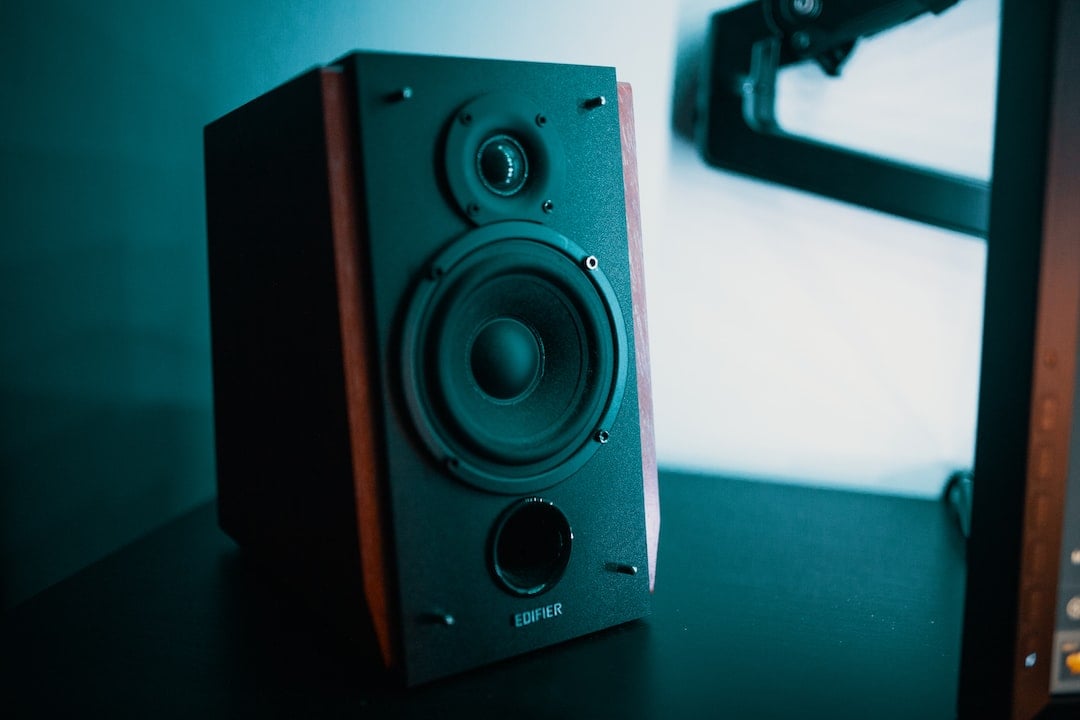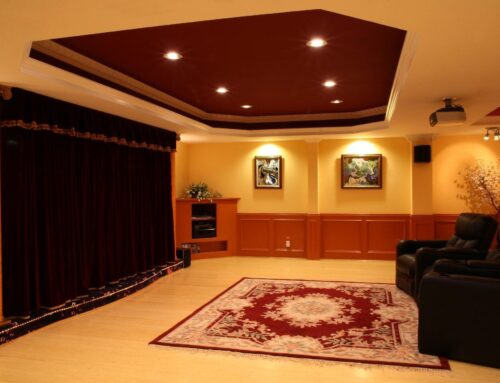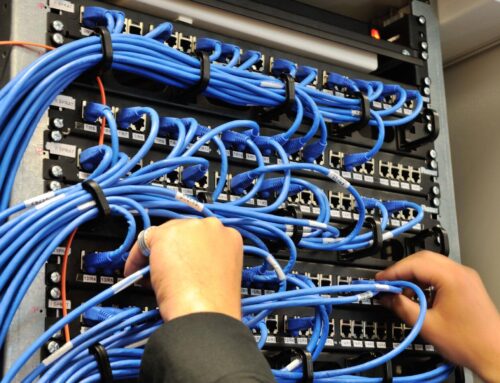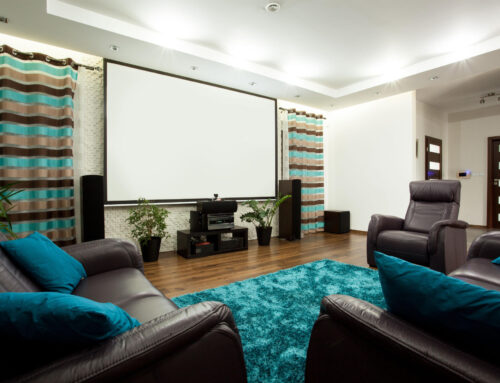Imagine being able to control all your audio devices with just a simple touch. In 1989, this was a science fiction concept. A famous episode of Tomorrow’s World aired on the BBC, discussed what our homes would look like in 2020.
The idea of a smart home is now a reality. This includes a whole home audio installation that streamlines all your audio devices into one system. With a single interface, you can control what’s playing in every room of your home.
Imagine hosting a party with music flowing seamlessly through each room, matching the energy of your guests. With whole home audio, you get to create your ideal auditory environment at any moment.
So, what do you think? Ready to turn your house into a musical haven? Read on to discover what you need to know about preparing your home for your new audio installation.
Preparations for Whole Home Audio Installation
If you’ve decided to invest in a home audio system, the next stage is to plan your installation. Here’s our list of things you need to think about before installing your new system:
Plan Your Layout
First, you need to figure out where all your speakers will go and how you want them to be arranged. You should also make sure there is enough space for the wires to be connected properly.
The distance between each speaker is crucial to ensure the sound waves overlap and create a full audio experience. Additionally, you need to consider if the speakers will be mounted on walls or ceilings, and how much space needs to be provided for wiring.
It’s also important to measure the space of each room that you’re planning to put speakers in. Measure both the length and width of each room, as well as the height of your ceiling.
Knowing the layout and size of the room will help you decide what size speaker you should get, and how many you need. This is particularly important for a home theater installation to get the best sound from your speakers.
Decide Your Audio Sources
Now that you’ve decided where your speakers should go, it’s time to think about what audio sources and home speakers you want to use with your new system. Ask yourself things like:
- Are you going to listen to music from streaming services or from a personal collection?
- Do you need to switch between multiple devices so that everyone in the house can play their own music?
- Do you want to be able to connect to a radio, gaming console, or TV?
- Do you need to add a subwoofer for extra bass?
- Do you want a full home cinema system?
Discuss with everyone in the house and decide which audio sources you would like to use with your new home audio system. Your audio system is a big investment, so it’s important to get it right.
Check Wall Studs
You’ll need to make sure there are enough wall studs in each room for the speakers. If not, you may have to use anchors or strong adhesives to secure them properly.
If you’re not familiar with locating wall studs, it’s best to hire a professional installer who can help.
Check Power Sources
You’ll need to make sure there is an outlet nearby for each speaker so they can be powered. If your home audio system includes a separate amplifier, you’ll also need to make sure that it is close enough to the speakers and has an outlet nearby.
If you’re unsure about the power sources in your home, then like we just mentioned about the wall studs, ask a professional installer.
Purchase Audio Components and Cables
Once you know where your speakers will go and what audio sources you’re planning to use, it’s time to buy the components and cables. Your local audio store is the best place to start as they will be able to advise you on the specific cables and components that are best for your system.
Ensure your supplier has a broad range of high-quality products and stocks the specific components and cables you need for your system. It’s also important to check the supplier’s reputation. Look for positive customer reviews and testimonials based on past projects.
Hire an Installation Team
Unless you’re confident in installing audio systems, it’s best to hire an experienced installation team. On the day of the installation, make sure the rooms you want your sound system installed in are clutter-free.
Move any furniture out of the room before they arrive. This allows them to set up quickly and efficiently without any distractions so you can get the most out of your installation.
If you’re having your sound system installed across the whole home, it could be useful to arrange for children and pets to be out of the house.
Test Speakers
Once audio components have been installed in a room, it’s time to test the speakers. Start by testing one speaker at a time and then gradually increase until you reach the desired volume level. If necessary, adjust each speaker individually for better sound reception.
When you’re satisfied with the results, let the installation team know so they can move on to the next room. Keep repeating this process.
Once the audio system has been installed throughout your home, test the system with all of your devices. Once you’re happy with the result, your project can be signed off and all you have to do is sit back, relax, and enjoy!
Need Help With Your Home Audio System?
A whole home audio installation can totally transform your home. Although there is a lot to think about during the planning stages, when installed correctly, you’ll be able to enjoy your music and video content in any room of the house.
If you’re looking for the best guidance and services for all your audio installation needs, contact us today. At Briggs AV Solutions, we have an experienced team that is ready to help. Visit us today and let’s discuss your project.






